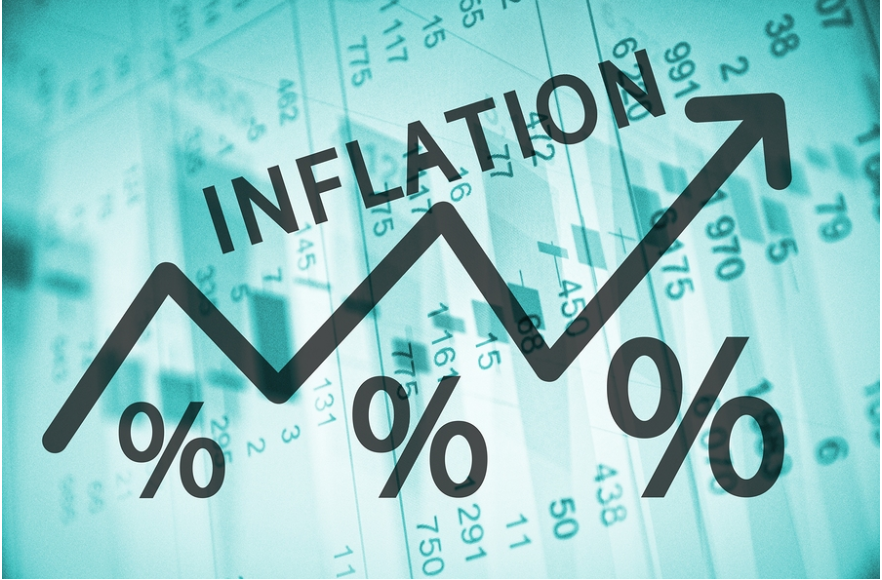Den tyske inflation steg i februar til 1,3 pct. mod 1,0 pct. i januar på grund af stigende energipriser. ING mener, at inflationen kan stige til mellem 3 og 4 pct. sidst på året, når økonomien er lukket op, og når en reduktion af momsen fjernes. Det kan få inflationen i eurozonen til at bryde over målsætningen om 2 pct. Det vil tvinge ECB til at skride ind, måske ved at fremrykke sine planlagte obligationsopkøb. Måske kommer der et signal i næste uge.
Germany: Inflation accelerates in February
The national inflation measure accelerated further in February and did little to quieten the discussions around potential ECB reaction to higher yields. We expect the ECB to advance its planned asset purchases and send a clear message of its willingness to act at next week’s meeting.
Based on inflation outcomes of several regional states, German inflation in February came in at 1.3% year-on-year, from 1.0% in January. The harmonised index, relevant for European Central Bank policymaking remained unchanged at 1.6%.
Further acceleration in German inflation is mainly due to higher energy prices. Also, don’t forget that these numbers are still distorted by lockdowns and imputed prices as many goods and services are simply not available.
In fact, there will be a series of one-off factors pushing up headline inflation. In the short run, it will mainly be higher energy prices driving headline inflation. But when economies reopen, price markups in sectors most hit by the lockdowns will also add to upward pressure on inflation.
Finally, the full swing of the German VAT reversal will only unfold in the second half of the year. Taking all these factors into account, German headline inflation could eventually even range between 3% and 4%, eurozone inflation could breach the 2% level this year.
As much and as long as the ECB has been working and hoping for inflation to finally return to 2%, this is not the inflation the ECB was looking for.
Inflation mainly a result of supply-side shocks and one-off factors is rather deflationary than inflationary. Unless there are any second-round effects on wages in the making, the ECB will turn a blind eye to these developments. For any of these second-round effects to materialize, we would need to get significantly more fiscal stimulus and government policies aimed at increasing minimum wages.
For the ECB turning a blind eye on accelerating, inflation will not be an easy task but any premature normalizing of monetary policy would risk choking off the still-fragile economic recovery. However, this blind eye could turn into a black eye if financial markets have different thoughts as currently witnessed by increasing bond yields. Consequently, the ECB could still be forced into new action.
Up to now, the ECB has tried to soothe higher bond yields with words. However, after speeches by Christine Lagarde, Phillip Lane and Schnabel – the exact reaction function still remains unclear. There currently is a range of alternative targets, in order to demonstrate the ECB’s willingness to look through higher headline inflation. Favourable financing conditions, nominal yields, real yields and yield curves.
All ways to say that the ECB could tackle any unwarranted increase in bond yields. And ‘no’, all German dreams about any premature tightening will not come true. Instead, we expect the ECB to advance its planned asset purchases and send a clear message of its willingness to act at next week’s meeting.






